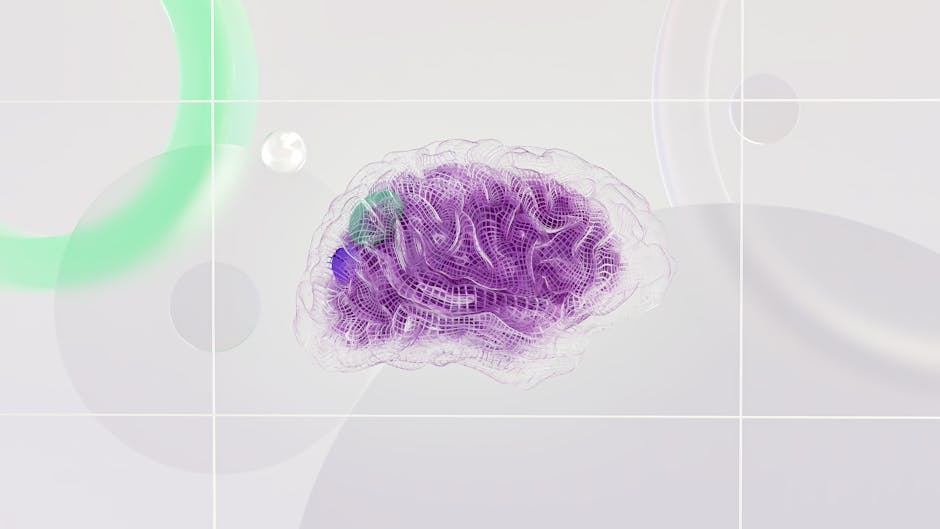Understanding Neuroscience and Inner Peace
Neuroscience helps us understand how our brain functions and how we can achieve inner peace. By studying the brain, we can learn about different techniques that can help us feel calmer and more aware of ourselves. It’s fascinating to see how science and spirituality can intersect to help us improve our mental well-being.
The Connection Between Neuroscience and Spiritual Awareness
Many people find it surprising that modern science, particularly neuroscience, has been exploring the links between the brain and spiritual experiences. Scientists have discovered that certain brain regions are activated during practices like meditation and prayer. These activities stimulate feelings of peace and connectedness with something greater than ourselves. By understanding the neural mechanisms behind these practices, we can gain insights into how to achieve inner peace and deepen our spiritual awareness.
Neuroscientific Techniques for Achieving Inner Peace
Achieving inner peace through neuroscience involves practices that focus on calming the mind and promoting emotional balance. Here are some techniques that neuroscience suggests for inner peace:
1. Mindfulness Meditation: By focusing on the present moment without judgment, you can cultivate a sense of inner calm and reduce stress.
2. Deep Breathing Exercises: Deep breathing can activate the body’s relaxation response, promoting a sense of tranquility and reducing anxiety.
3. Gratitude Practice: Gratitude has been shown to rewire the brain for positivity, leading to increased feelings of contentment and inner peace.
4. Visualization: Using guided imagery to visualize peaceful scenes or positive outcomes can help to calm the mind and promote relaxation.
By incorporating these neuroscience-inspired techniques into your daily routine, you can cultivate a sense of inner peace and spiritual awareness.
How Neuroscience Can Enhance Spiritual Awareness
Neuroscience can offer insights that help us deepen our spiritual understanding. By studying the brain, scientists can uncover how practices like meditation and mindfulness can promote inner peace. Some ways neuroscience enhances spiritual awareness include:
- Revealing the impact of meditation on brain activity.
- Explaining how mindfulness practices calm the mind.
- Showing the connection between gratitude and brain health.
Understanding these connections can empower us to cultivate a more profound sense of inner peace and spiritual awareness in our daily lives.
Impact of Mindfulness on Brain Function
Researchers have found that practicing mindfulness can alter brain function positively. Studies show that it can increase gray matter density in areas of the brain associated with memory, emotion regulation, and empathy. Mindfulness also helps reduce activity in the amygdala, the part of the brain linked to stress and anxiety. Regular mindfulness practice may lead to improved focus, emotional regulation, and overall well-being.
Using Meditation to Rewire the Brain
Meditation can actually rewire your brain. Studies have shown that regular meditation can strengthen connections in the brain and even increase the gray matter in certain areas. This means that through consistent practice, you can develop a more focused mind and increased emotional regulation. Meditation helps in calming the mind and reducing stress levels.
Neuroplasticity and Spiritual Growth
Neuroplasticity is the brain’s ability to reorganize itself by forming new neural connections throughout life. This means that our brains can change and adapt based on our experiences and actions. When it comes to spiritual growth, understanding neuroplasticity can help us in developing new thought patterns and behaviors that align with our spiritual goals. By practicing mindfulness, meditation, and positive affirmations, we can harness neuroplasticity to cultivate inner peace and spiritual awareness.
The Science Behind Gratitude and Positivity
Gratitude and positivity have a profound impact on our mental well-being. Research shows that expressing gratitude can increase feelings of happiness and contentment. When we focus on positivity, our brain releases chemicals that promote a sense of peace and well-being. Practicing gratitude daily can rewire our brains to be more resilient to stress and negative emotions. This simple act can lead to a more peaceful and spiritually-aware life.
Integrating Neuroscience into Daily Spiritual Practices
To integrate neuroscience into your daily spiritual practices, start by understanding how your brain functions during activities like meditation and prayer. Neuroscientific research shows that these practices can lead to changes in brain structure and function, promoting inner peace and spiritual awareness. By combining mindfulness techniques with an understanding of how the brain responds to spiritual activities, you can enhance your daily practice and deepen your connection to your inner self.
Concluding Thoughts: Embracing Inner Peace through Neuroscience
To achieve inner peace through neuroscience, it’s essential to practice mindfulness regularly. This involves being fully present in the moment and acknowledging your thoughts and feelings without judgment. By embracing neuroscience-inspired techniques like meditation and deep breathing, you can cultivate a sense of calm and spiritual awareness in your daily life. Remember, inner peace is a journey, not a final destination. It requires consistent effort and self-reflection to truly experience its benefits.


